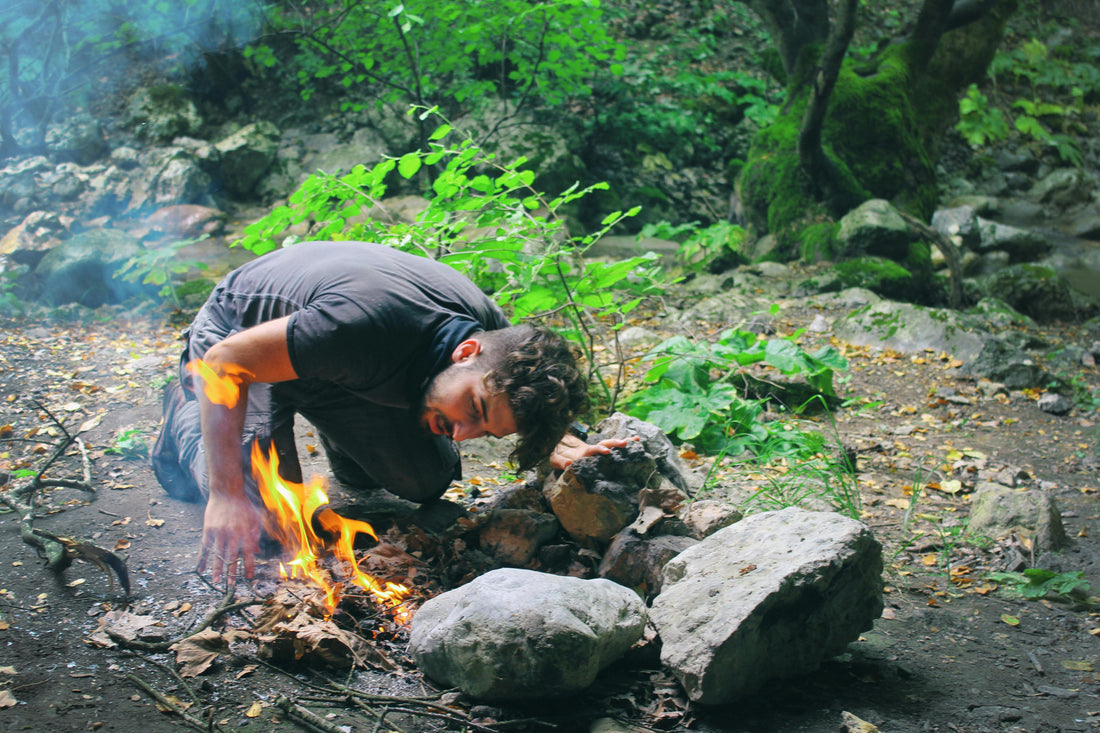
Essential Camping Gear: A Comprehensive Guide for Outdoor Enthusiasts
Share
Embarking on a camping adventure is a thrilling experience, offering a chance to reconnect with nature, unwind from daily routines, and create lasting memories with friends and family. To ensure a safe, comfortable, and enjoyable camping trip, having the right gear is essential. In this comprehensive guide, we’ll explore the must-have camping gear that every outdoor enthusiast should pack for their next wilderness getaway.
**1. Shelter Essentials**
a. **Tent:** Choose a tent size that accommodates your group comfortably and consider weather conditions such as rain and wind resistance. Ensure you have a ground tarp or footprint to protect the tent floor.
b. **Sleeping Bags:** Select sleeping bags rated for the expected temperature range. Consider insulation type (down or synthetic) and features like hooded designs for added warmth.
c. **Sleeping Pads or Air Mattresses:** Provide insulation and cushioning from the ground. Opt for self-inflating pads or portable air mattresses for enhanced comfort.
**2. Cooking and Food Preparation**
a. **Camp Stove:** Choose a reliable portable stove suitable for your cooking needs (e.g., single burner for solo trips or larger stoves for group camping). Don’t forget fuel!
b. **Cookware:** Pack pots, pans, utensils, and a kettle for boiling water. Lightweight and durable options made for camping are ideal.
c. **Cooler:** Keep perishable food fresh with a quality cooler and ice packs. Look for coolers with good insulation and airtight seals.
d. **Food and Water:** Plan meals and snacks in advance. Pack non-perishable items, fresh produce (if feasible), and plenty of drinking water or a water filtration system for natural water sources.
**3. Clothing and Personal Gear**
a. **Layered Clothing:** Pack clothing suitable for the expected weather conditions, including moisture-wicking base layers, insulating mid-layers, and waterproof outer layers.
b. **Footwear:** Choose sturdy hiking boots or shoes for trekking and comfortable camp shoes for relaxing around the campsite.
c. **Personal Hygiene Kit:** Include essentials such as toothbrush, toothpaste, biodegradable soap, hand sanitizer, and toilet paper. Don’t forget sunscreen, insect repellent, and a basic first aid kit.
**4. Lighting and Navigation**
a. **Headlamps/Flashlights:** Essential for nighttime activities, cooking, and navigating around the campsite. Pack extra batteries or consider rechargeable options.
b. **Map and Compass/GPS:** Familiarize yourself with the camping area and have reliable navigation tools. Smartphone apps with offline maps can be useful but have a backup plan.
**5. Camping Essentials**
a. **Utility Knife/Multi-tool:** Handy for various tasks such as cutting rope, food preparation, and gear repairs.
b. **Fire Starter:** Pack waterproof matches, lighters, or fire starters for campfires (where permitted). Familiarize yourself with local fire regulations.
c. **Trekking Poles:** Helpful for stability and reducing strain during hikes, especially on uneven terrain.
d. **Repair Kit:** Carry basic tools, duct tape, and repair materials for tent, clothing, and gear fixes.
**6. Leisure and Comfort Items**
a. **Camp Chairs:** Relax around the campfire with comfortable, portable chairs.
b. **Portable Hammock:** Enjoy a peaceful afternoon nap or lounge time in nature.
c. **Entertainment:** Bring books, cards, games, or musical instruments for downtime entertainment.
**7. Leave No Trace Essentials**
a. **Trash Bags:** Pack out all trash and litter. Leave the campsite cleaner than you found it.
b. **Biodegradable Soap:** Use eco-friendly soap for washing dishes and personal hygiene, disposing of wastewater properly.
c. **Respect Wildlife:** Observe wildlife from a distance, store food securely, and follow guidelines for wildlife encounters in the area.
By packing these essential camping gear items, you’ll be well-prepared to tackle outdoor adventures while staying safe, comfortable, and environmentally conscious. Remember to plan ahead, check local regulations, and embrace the beauty of nature responsibly. Happy camping!
